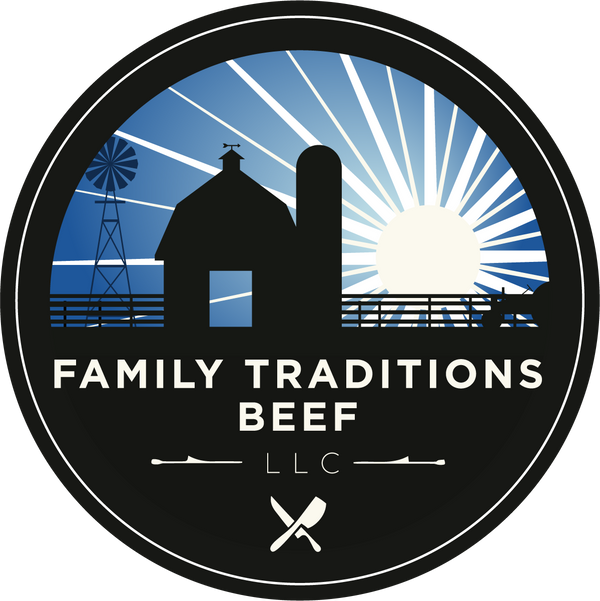The health of our cattle could be considered very similar to the ways we keep our kids healthy. We have to take an active role to prevent and address illness when it appears. The goal is to give what is needed, but nothing that is unnecessary.
As parents, we do a lot to keep our children healthy. Some of those things might include teaching cleanliness, eating healthy foods you can source locally, getting fresh air and sunshine, exercise, and preventative health care such as vaccines. We address some of the same issues with the livestock we care for. And even when we think we have followed all the right steps, kids and cattle will show up with the sniffles or an illness more serious from time to time.
Vaccines: The First Line of Defense
Vaccines are given to mitigate the risk of disease. Our entire herd is vaccinated on an annual basis. Calves receive initial immunity from their mother but are given their first vaccine when they are a few weeks old. Vaccines come in two types, killed and modified live (MLV). For either type, the goal is for the immune system to develop a memory for later defense. Vaccines don’t prevent disease on every occasion but sometimes reduce the impact of the disease so the animal can shake it off and recover. mRNA vaccines are not legal in the US for cattle or hogs - thus, we do not use them.
What are we Trying to Prevent?
Cattle diseases fall into three main categories. They include:
- Respiratory Viruses and Bacteria: Upper and lower lung issues can be particularly troublesome. Diseases that you and I could power through with some rest can kill cattle in a matter of days. Fluid gathers in the lung; breathing is labored, and the animal quits eating.
- Reproductive Viruses and Bacteria: This addresses disease that can impact fertility, fetus abortion and birth defects.
- Clostridial Viruses and Bacteria: Diseases like Blackleg and Tetanus are caused by environmental conditions that can prove deadly.
Even though our cattle follow a vaccination protocol, a small percentage can still get sick, typically with pneumonia. Just like with human vaccines - they aren't 100%.
Viruses and bacteria may be introduced by birds or other wildlife entering our farm after being on a neighboring cattle farm, a neighboring farmers vehicle or even by one-on-one contact when new cattle are added to a herd.
While cold and rainy weather seems to spark illness, our cattle are monitored every day of the year to evaluate their health. Because of our extensive vaccination protocol, our most common issues are respiratory.
Sick cattle are often found away from the herd, refusing food and looking lethargic with head down, a snotty nose, and labored breathing
So, what do you do when your kids look terrible, and medicine will help them? You give them medicine!
It’s the same with cattle.
We want them to return to health as quickly as possible. When necessary, cattle are given an antibiotic treatment specifically created for cattle disease. All medications have a stated dosage and withdrawal time (prior to slaughter) which is strictly followed.
Overall, less than 5% of our cattle are ever treated with an antibiotic. Each year we evaluate our vaccination protocol to get that number closer to 0. Even though we use antibiotics on our farm, none of the beef that reaches your table will ever be from an animal that was treated.
Do you have questions about our vaccination or antibiotic usage? Ask us! We want to be as transparent as possible, so you feel as confident in our beef as we do!

In the above picture, Don is giving this heifer its annual vaccine. It is administered between the skin and muscle of the animal typically between the neck and front shoulder. There's not much room between our skin and muscle but think of a Shar Pei dog... there's a lot of space between the skin and muscle! Cattle are similar but not near as wrinkly! (And yes, I had to look up how to spell shar pei.)
Hope you enjoyed reading about these practices!
Learn more about our farm here.
In case you skimmed the article, this parts important -
Even though we use antibiotics on our farm, none of the beef that reaches your table will ever be from an animal that was treated.
